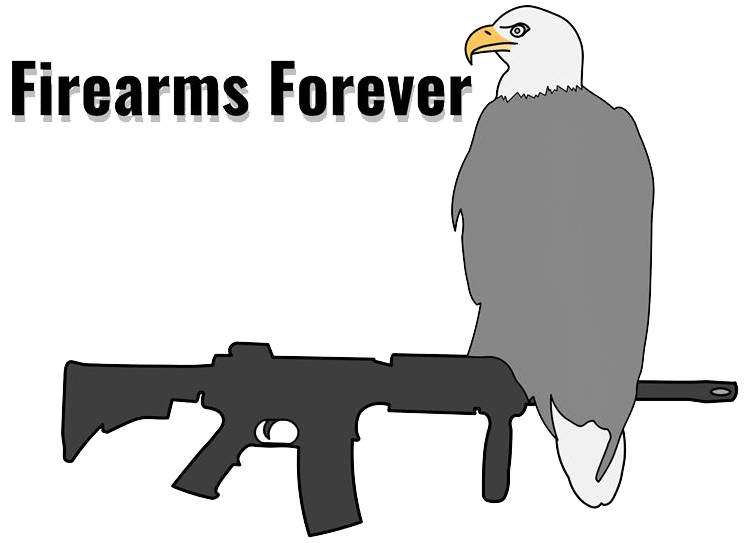The Army is moving to dismantle the bulk of its horse units, part of a broader push by service planners to eliminate programs they see as peripheral to the core mission of fighting and training for wars.
The Army will begin phasing out five horse-mounted ceremonial units stationed at Fort Irwin, California; Fort Huachuca, Arizona; Fort Riley, Kansas; Fort Sill, Oklahoma; and Fort Cavazos Texas, Steve Warren, a service spokesperson, told reporters Tuesday.
The decision impacts 141 horses currently used for ceremonial events and other pageantry, traditions that trace back to the Army’s cavalry roots but have no operational role in today’s force. All of the horses are expected to be placed for adoption.
Read Next: Army Policy Severely Limiting Shaving Waivers Goes into Effect
“We’re going to treat them with compassion,” Warren said.
The cuts, however, stop short of eliminating the Army’s highest-profile equine missions: the two caisson units that conduct military funerals at Arlington National Cemetery in Virginia and at Joint Base San Antonio in Texas.
The move comes as the Army’s premier ceremonial unit at Arlington National Cemetery recently revamped its horse program after intense public scrutiny following the deaths of four horses in a span of less than a year starting in 2022.
That April, CNN reported that two of the horses used to carry caskets at Arlington had died, one from an intestinal blockage caused by ingesting 44 pounds of gravel and sand. An internal Army investigation revealed widespread neglect within the unit, including dry and moldy feed, cramped and unsanitary living conditions, and inadequate veterinary oversight.
By the end of that year, two more horses in the unit had died. The fallout prompted the Army to establish Task Force Military Working Equids in 2022 — a month after the first two horses at Arlington died — to evaluate the treatment of horses, mules and donkeys across its installations.
That review, obtained by Military.com via a Freedom of Information Act request, painted a grim picture. More than 250 animals across a dozen sites were assessed, many found to be underfed, poorly housed, and suffering from health issues due to improper farrier care, inadequate shelter, and exposure to dangerous chemicals, including rat poison.
The nearly 30-page assessment pointed to forcewide issues with funding, feed, poor leadership communication, inattentive veterinary care and little in the way of welfare expertise. It also cited hoof deterioration and lameness “due to unskilled farrier care,” a reference to tradesmen who shoe horses and other animals, and inspections that went unresolved because the service did not prioritize equine subject-matter experts.
“There were areas and gaps in the execution of appropriate herd management, feed and nutrition, ability to have the right facilities — potentially in some locations because they were in older locations that needed to be upgraded,” Army Veterinary Corps Chief and Task Force Military Working Equids lead Col. Deborah Whitmer said at the time.
Not all of the installations that the task force reviewed had such dire conditions, such as Fort Cavazos, which scored high marks in communication, feed, pastures, facilities, herd management and veterinary care. But the issues “were found in various locations to one extent or another,” Whitmer said.
The findings pointed to a larger trend in a modern military. While the Army used horses extensively during World War I, they became relegated to ceremonial uses as armored vehicles and other technological advancements usurped their employment on the battlefield. Horses did play a key role in the early days of the war in Afghanistan for special operations troops, but those horses were procured locally and service members didn’t have to acquire the knowledge of how to care for the animals long term.
Now, with horses almost entirely removed from operational need, once ubiquitous soldier familiarity with the animals in wars past has dwindled as the expertise required for their care waned, leading to dangerous and fatal results.
After two years of efforts and millions of dollars allocated to improvements, the caisson detachment returned to Arlington National Cemetery for the first time last month. It debuted custom-fitted tack and saddles, a much lighter caisson — a wagon that carries the casket, expanded stalls, and a limited work cycle. The unit’s leaders touted frequent respite for horses at a roughly 40-acre equestrian wellness facility in Virginia replete with aqua treadmills.
Related: Overhauled Army Caisson Unit Conducts First Funeral Service at Arlington Following Suspension
Story Continues
Read the full article here



